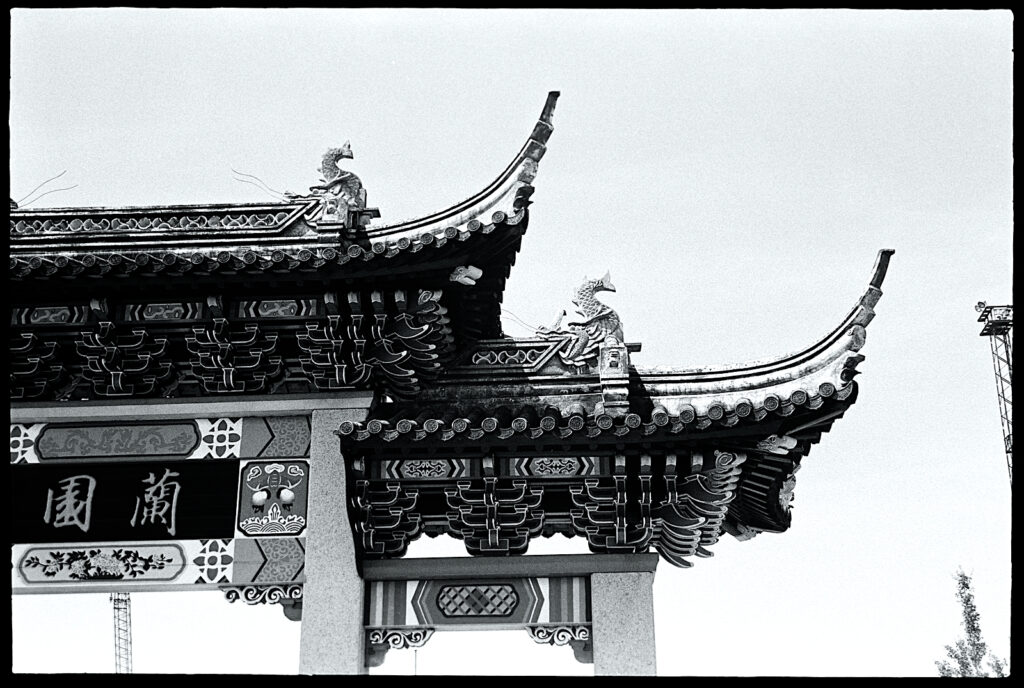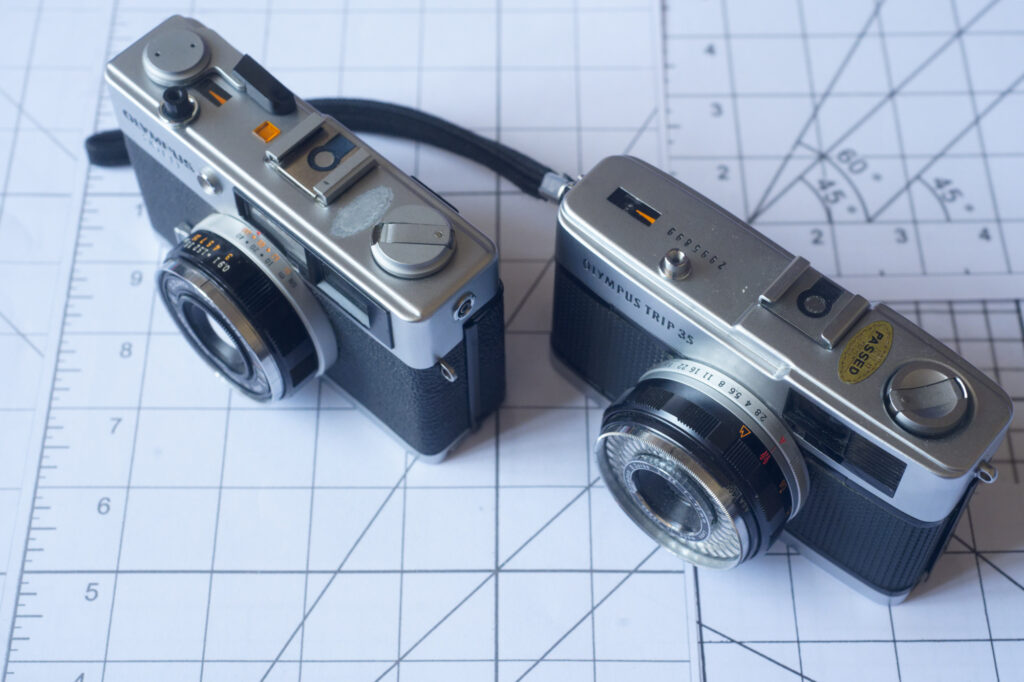
In the mid 1970s Olympus had a nice range of compact cameras, going from the 1/2 frame Pen to the Sophisticated 35RD. Two of these cameras are the subject of this comparison rev...

Say hello to my little Samoca rangefinder. “Sa-MO-ca!” Fun to say, isn’t it? Made around 1957, it was part of a wave of new cameras made by new marques that had suddenly appeare...
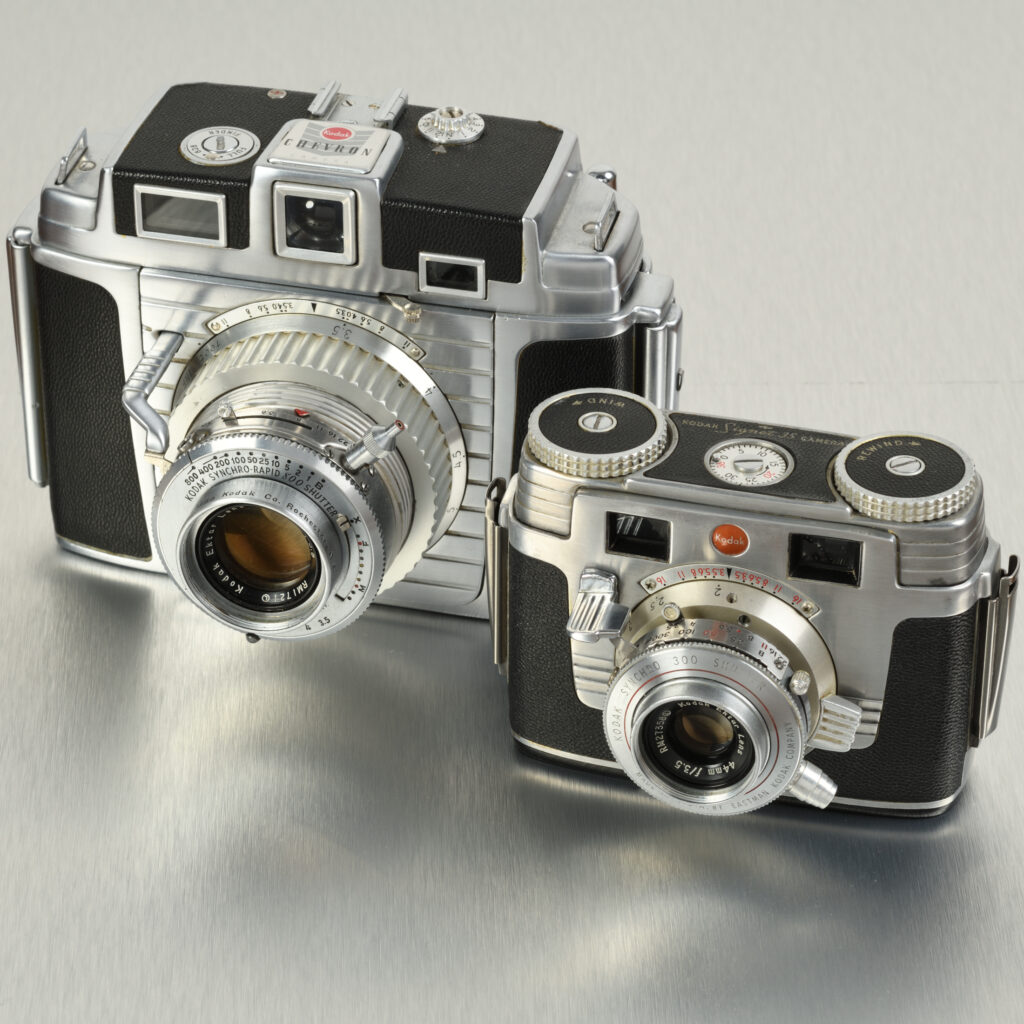
I love American Kodak cameras. I love the way they look and work. Often quirky and counterintuitive—and sometimes downright goofy—many are objects of beauty and time capsules fo...
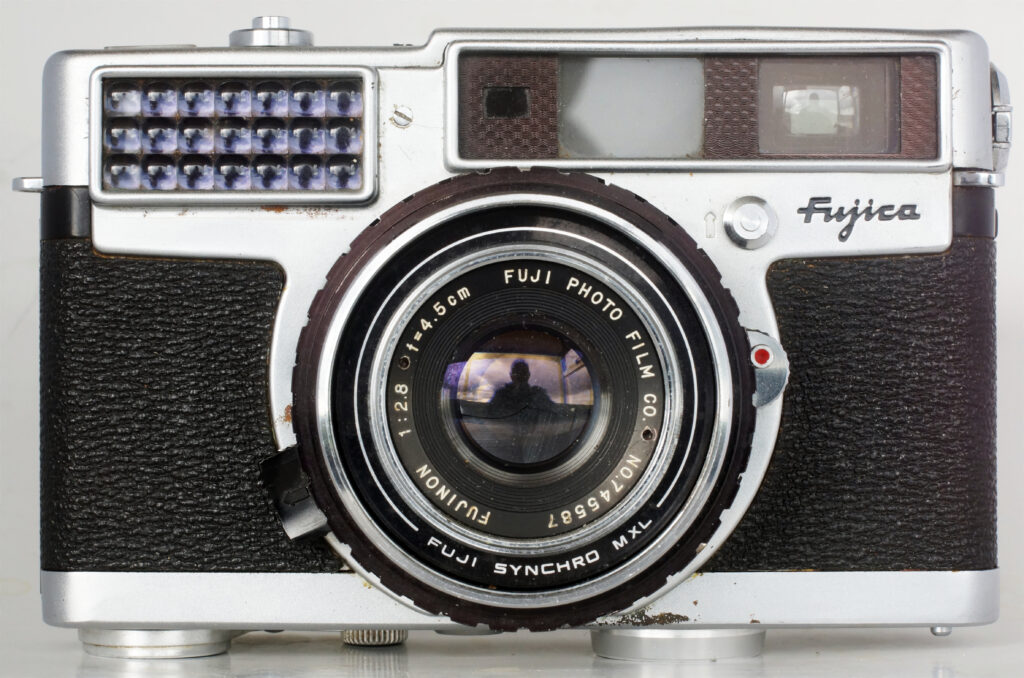
My interest in mid 20th century efforts to automate photography led to the purchase of a Fujica 35-SE. When I bought my first dSLR, a Fuji S2 Pro, Fuji were better known for the...
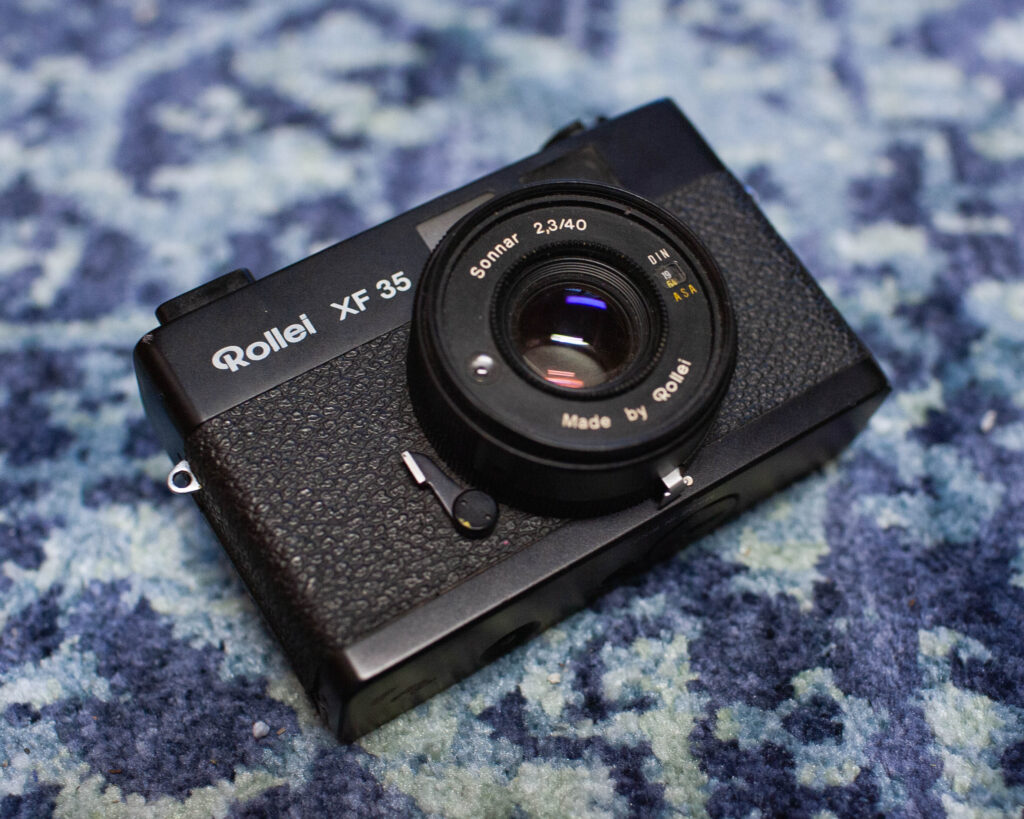
I ran into this camera almost by accident. I was meandering through a vinyl record and camera store* and saw the small Rollei XF 35 hiding in a glass counter next to the registe...
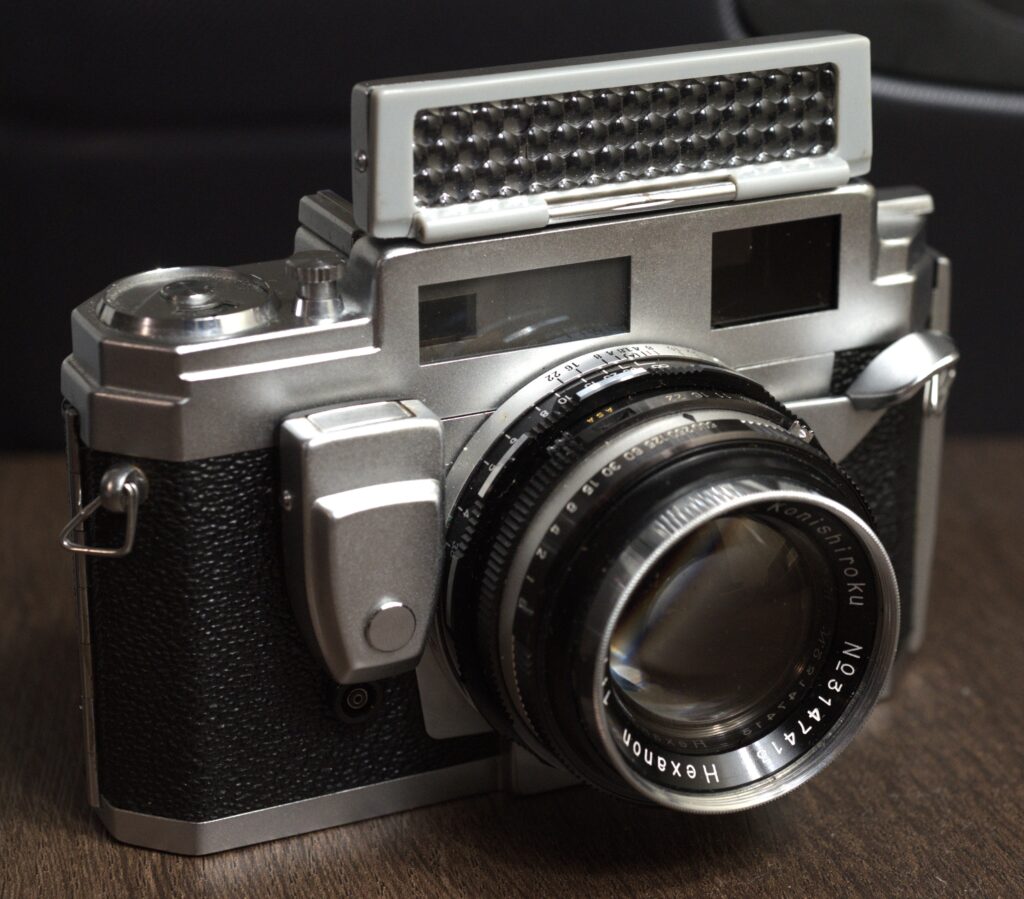
At the current stage of my photographic journey, I enjoy normal prime lenses. When I go on trips, whether it’s with my Nikon F2 or my Canon P, I often find that the 28 or 35mm i...
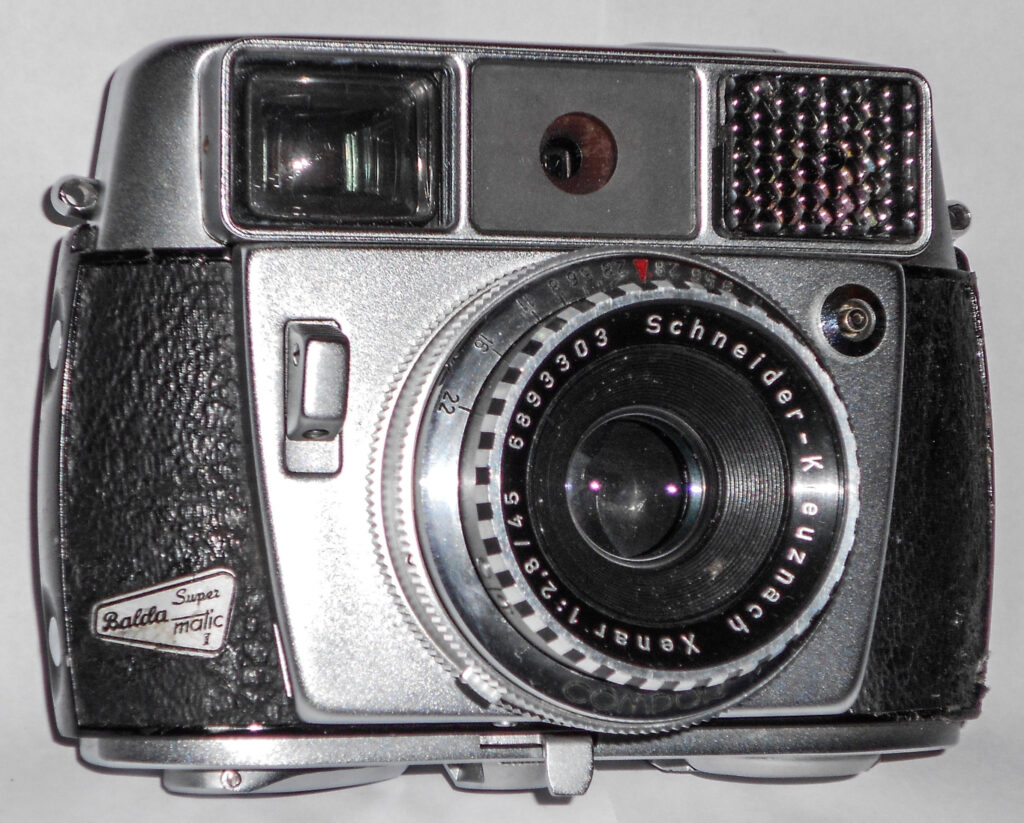
Many years ago, a neighbour offered me a camera he had acquired “from a mate” for £10. I had never seen a Balda or even heard of one but it looked interesting and I ...


